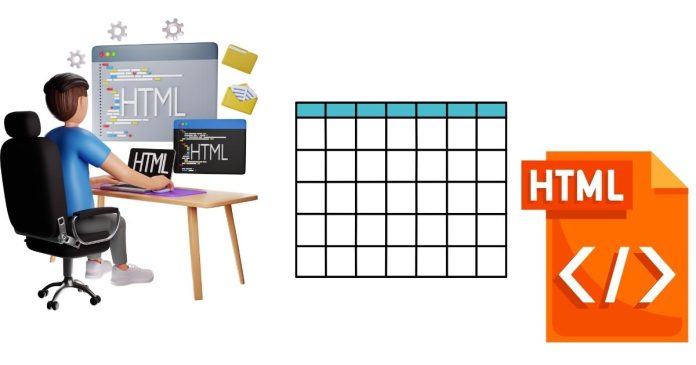When creating HTML tables, ensuring that they are displayed in an organized, clear, and visually appealing way is essential. One common layout requirement is to center-align the entire table on the webpage. Centering a table is useful for creating balanced designs, especially when you want to place a table in the middle of the screen or a container.
In this article, we will explore several methods to center-align a table using HTML and CSS. These methods are simple to implement and can be used depending on your specific needs.
1. Basic HTML Table Structure
Before we dive into the various methods of centering a table, let’s first consider a simple HTML table. Below is a basic structure of an HTML table:
This table consists of a header row (<th>) and a few data rows (<td>). Now, let’s explore how we can center this table on the webpage.
2. Centering a Table Using CSS: Method 1 (Using margin and auto)
One of the most common ways to center a table horizontally is by using CSS. You can use the margin property with the value auto to achieve this.
CSS Code Example:
Explanation:
- The
width: 50%property defines that the table should take up 50% of the width of its container (e.g., the<body>). - The
margin-left: autoandmargin-right: autoproperties center the table horizontally within the container by automatically adjusting the left and right margins equally.
This method is effective for centering a table on the page horizontally.
3. Centering a Table Using Flexbox
Another modern approach to centering content, including tables, is to use the Flexbox layout. Flexbox makes it easier to align elements both vertically and horizontally.
CSS Code Example:
Explanation:
- The
display: flexproperty on the<body>element turns it into a flex container. - The
justify-content: centerproperty horizontally aligns the table in the center of the body. - The
align-items: centerproperty vertically aligns the table in the middle of the page. - The
height: 100vhensures that the body takes up the full height of the viewport, so the table can be centered both vertically and horizontally.
This method is particularly useful when you need to center the table in the middle of the page, regardless of the page’s height.
4. Centering a Table Using Grid Layout
CSS Grid Layout is another powerful tool for arranging content on the page. It can also be used to center a table both horizontally and vertically.
CSS Code Example:
Explanation:
- The
display: gridproperty makes the<body>a grid container. - The
place-items: centershorthand centers the content both horizontally and vertically within the grid. - The
height: 100vhensures the container fills the entire height of the viewport.
CSS Grid is an excellent choice for modern web designs where precise alignment and complex layouts are needed.
5. Centering a Table with HTML align Attribute (Deprecated)
In older versions of HTML (pre-HTML5), it was possible to center a table using the align attribute. However, this method is deprecated and not recommended for use in modern web development.
Example of Deprecated Method:
Explanation:
- The
align="center"attribute in the<table>tag was used to center the table on the page. However, this method is no longer recommended in HTML5 and should be avoided in favor of CSS-based solutions.
Conclusion
Center-aligning a table in HTML can be achieved with a variety of methods, each serving different use cases:
- Using
margin: autois a simple and effective method for centering tables horizontally. - Flexbox is a more modern approach that allows for easy centering both horizontally and vertically.
- Grid Layout is another powerful tool for centering content and offers precise control over layout.
- The deprecated
alignattribute is not recommended for use in modern web development.
For best practices, it’s always recommended to use CSS-based solutions like margin: auto, Flexbox, or Grid Layout to center tables, as they offer more flexibility, responsiveness, and compatibility with modern web standards.


